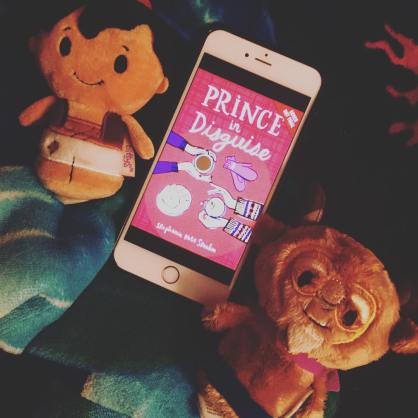Download links for: Love 2.0: How Our Supreme Emotion Affects Everything We Feel, Think, Do, and Become


Reviews (see all)
Write review
A little too New Agey, but some passages, particularly about teaching, were very useful.
Read half of this then decided to buy it. So the jury is still out.
I thoroughly enjoyed this book.
Interesting ideas
Other books by Nonfiction
Other books by Barbara L. Fredrickson
Related articles












